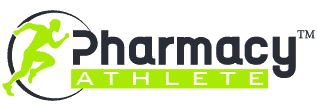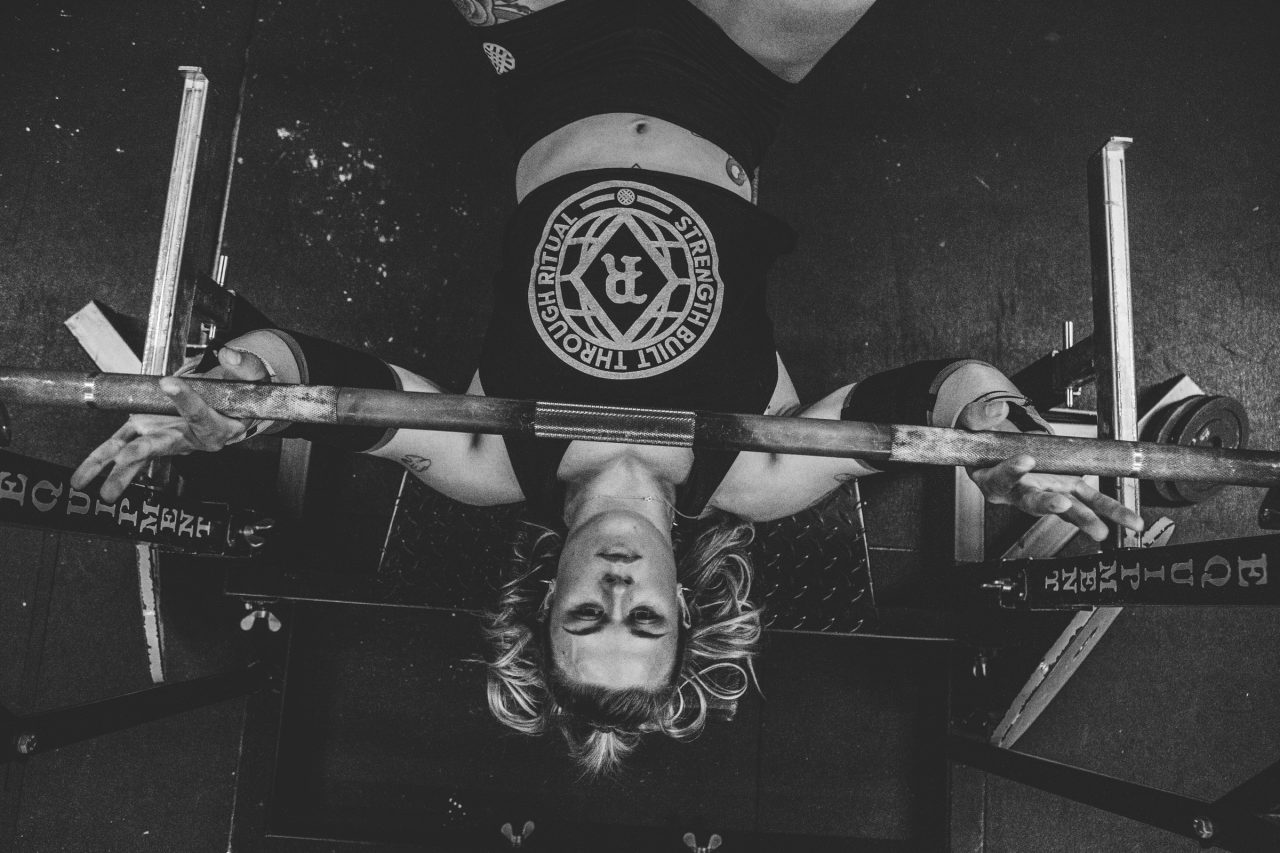You walk into any gym and you will never miss that one bench set up underneath a barbell. The bench press is a classic workout for anyone who loves to go to the gym because it doesn’t only help build your strength, but it also helps you increase your gains in three major muscle groups—the chest, front shoulders and triceps—all in one workout routine.
In fact, the traditional barbell bench press gets the most attention among all gym lift equipment that you would have to line up to get your turn sometimes. But while the bench press can give you so many benefits, it can also cause significant damage to your muscles and joints if not done right. If that's the case, check out our At Homer Fat-loss Training Program.
This is why I created this Bench Press Master Class where I teach you how to do this classic workout routine properly and enjoy its benefits while minimizing your risk for injuries.
Key points:
- The barbell bench press is designed to help measure and build upper body strength. It focuses on building the chest muscles (pecs) with the shoulders (deltoids) and triceps as secondary movers.
- In this master class, I will focus mainly on “5 Points of Contact:” the feet, glutes, upper back/shoulders, head and hands. These five body parts are crucial in making sure that you get the most from your barbell bench press. If done right, it will help you create stronger bench press exercises that increase gains and minimize the risk for injuries.
A look at the muscles that a bench press works on
Before we get into the details of this master class, it’s very important to understand what types of muscles this exercise works on. The pectoralis major in the chest is the primary muscle that a barbell bench press targets while it also stimulates secondary muscles like the triceps and the front and middle deltoids.
If done properly, regular bench presses will allow you to strengthen and build these muscles groups.
The movements involved in a bench press targets these muscles in different ways. For instance, you get the most movement from your pectoralis muscles when you do the bottom-third of the routine, which involves touching your chest to about 1/3 of the way up.
On the other hand, your shoulders get the most movement as you do the second part of your movement. The triceps are also stimulated at the third part of your movement.
In the “5 Points of Contact,” I’ll be discussing in detail everything you need to know to understand this workout routine better and make sure that you can do it safely with the most benefits.
Continue reading for 1$. Register now to get access to all of our content!

